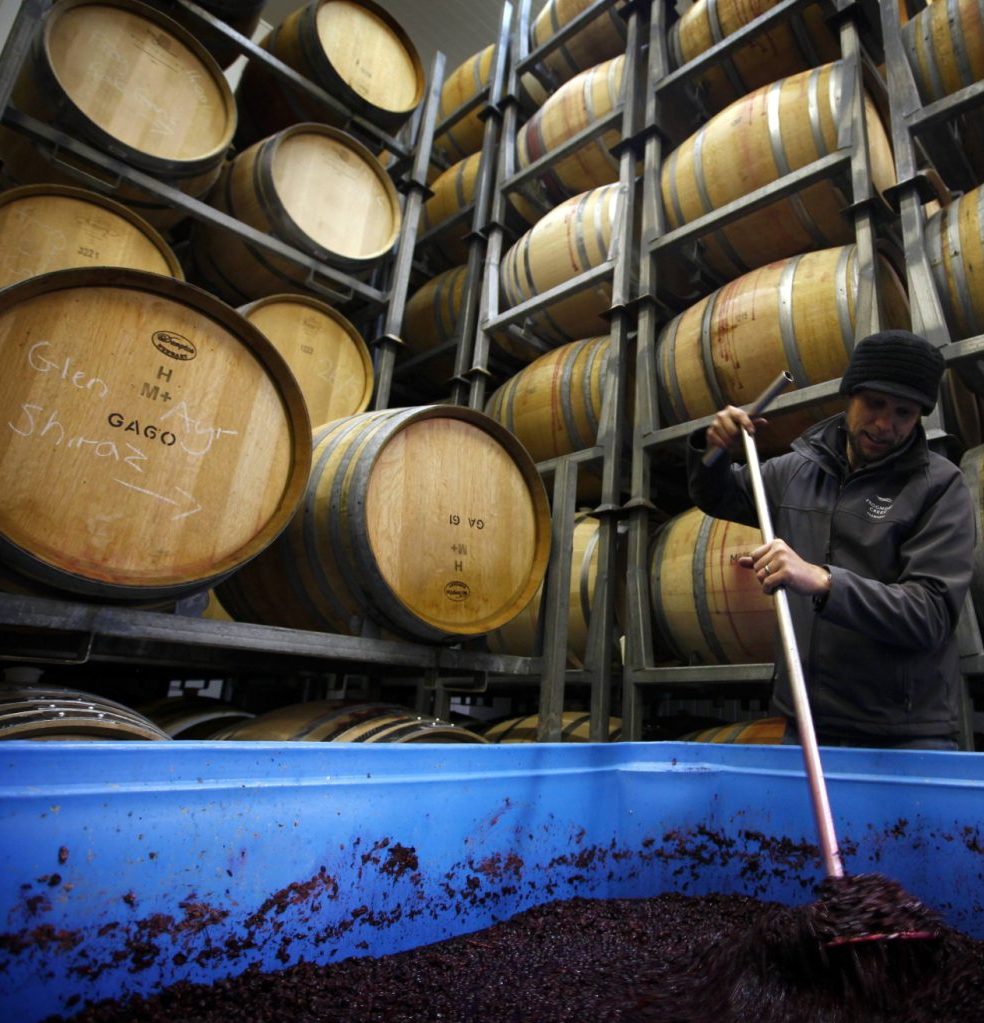Climate change signals the end of Australian shiraz as we know it
A study by the U.S. Proceedings of the National Academy of Sciences found that up to 73 per cent of Australian land currently used for viticulture could become unsuitable by 2050. As the country’s traditional wine growing regions including the Barossa, the Hunter Valley and Margaret River grow ever hotter and drier, winemakers are rushing to the tiny island state of Tasmania where average summer temperatures are currently about 38 per cent cooler than in the Barossa. For wine lovers, the upshot is that Australia’s iconic shiraz is already changing - some winemakers’ alcohol content is 15-20 percent lower than normal - and could be unrecognizable in half a century’s time.
If the projections are right, a shiraz in the Barossa in 50 years’ time may well taste totally different to what it does at the moment.
Michael McCarthy, an Australian government scientist
Temperatures in Australia’s main wine regions are projected to increase by between 0.3 and 1.7 degrees celsius by 2030, according to the CSIRO, Australia’s national science agency. The hotter temperatures would reduce grape quality by 12 to 57 per cent, the agency’s modeling shows. But in cooler Tasmania, warmer weather could be a benefit because current temperatures can get too chilly for some grape varieties. The flight south comes as Australia’s wine industry emerges from a disastrous few decades, blighted by a high Australian dollar and a lengthy grape glut that saw exports plummet.
We are investing increasingly in Tasmania … because it’s one of the cooler areas in Australia to grow grapes and if we are going to have climate change, you might as well start in a cooler climate.
Cecil Camilleri, a sustainable wine programs manager

Business